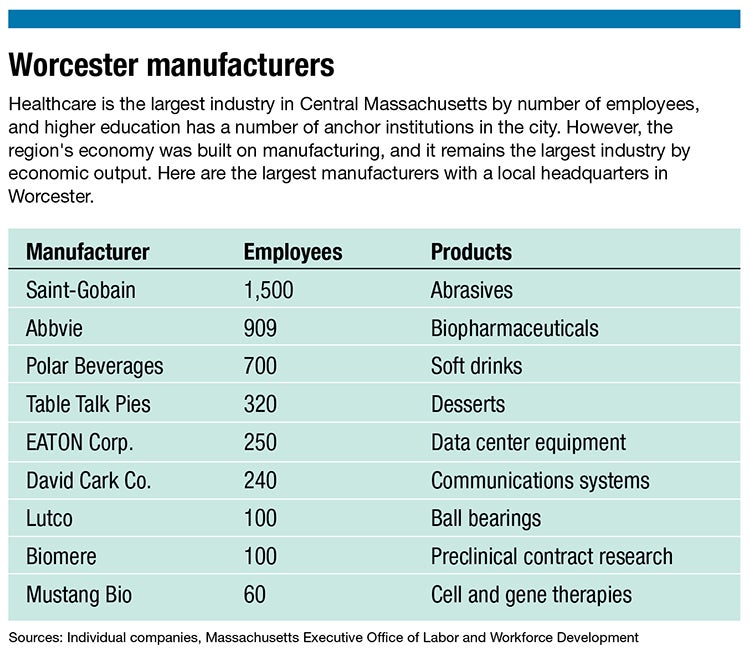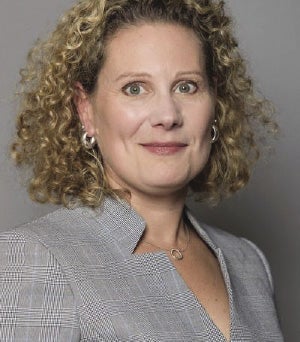Strong fundamentals, committed leadership, anchoring institutions, vibrant culture, and untapped potential: Bo Menkiti’s five reasons for why Worcester, why now.
Get Instant Access to This Article
Subscribe to Worcester Business Journal and get immediate access to all of our subscriber-only content and much more.
- Critical Central Massachusetts business news updated daily.
- Immediate access to all subscriber-only content on our website.
- Bi-weekly print or digital editions of our award-winning publication.
- Special bonus issues like the WBJ Book of Lists.
- Exclusive ticket prize draws for our in-person events.
Click here to purchase a paywall bypass link for this article.
Strong fundamentals, committed leadership, anchoring institutions, vibrant culture, and untapped potential: Bo Menkiti’s five reasons for why Worcester, why now.
Menkiti’s message to other potential investors and developers inside and outside Central Massachusetts came during the first installment in the Worcester Emerging webinar series this spring from Worcester Business Journal and the State House News Service, describing the changes taken place in the second largest city in New England over the past half decade.

In the panel talking with city leaders about the new slate of Worcester development, Ann Tripp, executive vice president, chief investment officer and treasurer of The Hanover Insurance Group, moderated with panelists Edward Augustus, Worcester city manager of Worcester; Roberta Brien, vice president of projects at Worcester Business Development Corp.; Timothy Murray, president and CEO of the Worcester Regional Chamber of Commerce; and Menkiti, founder and CEO of Washington, D.C. developer Menkiti Group, which has multiple projects going on in the city.

Focusing on Worcester’s unique position and potential, each panelist gave insight into Worcester's budding opportunity and growth as a city.
“We’re the second largest city in New England, and we’re acting like it. We are carrying a sense of confidence about who we are, what we are, [and] the kind of talent that we have here in the community,” Augustus said.
He continued to say it is through Worcester’s backbone – colleges, a diverse workforce, medical institutions, large employers, and committed leadership – that allows the city to make strategic investments to unlock Worcester’s potential.
All of these factors bolster Worcester’s residential appeal as well.
Menkiti mentioned how the city’s diverse economic bases, connections to universities, and leisure and enjoyment opportunities position the city well to attract new residents. Added to this are the thriving art and restaurant scenes and sports presence, especially with the addition of Polar Park and the Worcester Red Sox.
One way to gain more residents is through creating new jobs. However, Menkiti discussed how there are 70,000 people that work in Worcester and live somewhere else.
“Worcester has the ability to actually capture residents without necessarily creating more jobs … to capture the flow of energy from colleges and universities and the flow of energy from those job creators and corporations,” he said.

“Worcester offers affordability as well as the quality of life that the younger demographic is really looking for,” said Augustus.
As more people move to Worcester, the housing opportunities must also grow and adjust.
“The single biggest issue we hear from our chamber member businesses ... is access to talent. They need that workforce. Well, accordingly, we need housing to afford that workforce,” Murray said.
That being said, Murray discussed how the chamber is supporting affordable housing projects.
“We need to make sure that as we invest and grow we’re building housing for all of Worcester’s residents and future residents ...We need housing of all types,” Murray said.
One of the main ways to make Worcester more attractive for residents is developing neighborhoods and the walkability of the city. Activating the first floor, putting in parks, and linking neighborhoods to create more connectivity between them is a key to making the city more attractive to residents, Augustus said.
“Really our goal, and it’s not going to be an easy one, but it’s to fill in these missing pieces in each of these neighborhoods so that we have these microcosms of the city of Worcester right in everyone’s backyard,” said Brien.
Worcester’s proximity to other cities is also helpful for both residential and commercial interests.
“Worcester is centrally located in New England. The highway network, rail network, both from a freight and commuter rail perspective, are incredibly important,” Murray said.
Moreover, Murray said Worcester’s manufacturing base is another factor allowing Worcester to grow. Menkiti reiterated this: “There’s this element of Worcester [that is] rising as a new age maker.”

In terms of commercial businesses coming to Worcester, Brien said Worcester’s city government has been aggressive in terms of responding to the needs of developers and property owners.

“The city has been very tactical and supportive ... There are so many projects happening at the same time for them to be diverse in their support but also really paper the city,” Brien said.
Brien talked about Worcester’s appeal to the life sciences industry and how Worcester can meet its demand for commercial sites.
She mentioned how there has already been a strong undercurrent of life sciences in the city seen in the UMass Medicine Science Park and AbbVie Bioresearch Center.
Moreover, there are almost 1 million square feet available for life sciences companies to move into.
“Speed and efficiency is really what is going to win this race ... We need to prove [to this market] that we’re ready, that we have the infrastructure available, that we have the support systems, and then the jobs, that we have an educated workforce ready to come to work,” Brien said.
Worcester’s connections to a young workforce through the 13 universities and colleges in the area provides added appeal to businesses looking to come to Worcester with the promise of a flow of educated workers to draw from.
“Colleges now can use these coming companies to say, look there are opportunities available, you don’t have to move to Boston ... It’s a very positive synergy between companies and colleges to get well-trained students into their facilities,” Brien said.
Whether it be commercial or residential growth, Worcester continues to draw on city leadership and support to grow each of these avenues, continuing its commitment to grow into its immense potential.
“A picture is worth a thousand words, and a visit to Worcester is worth 10,000,” said Murray.

